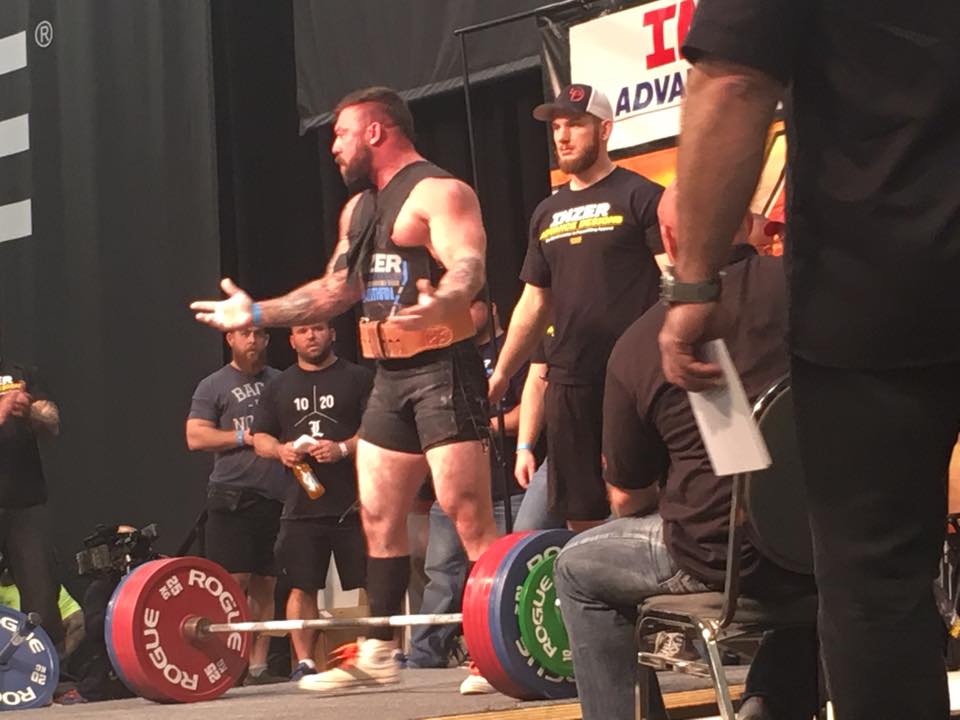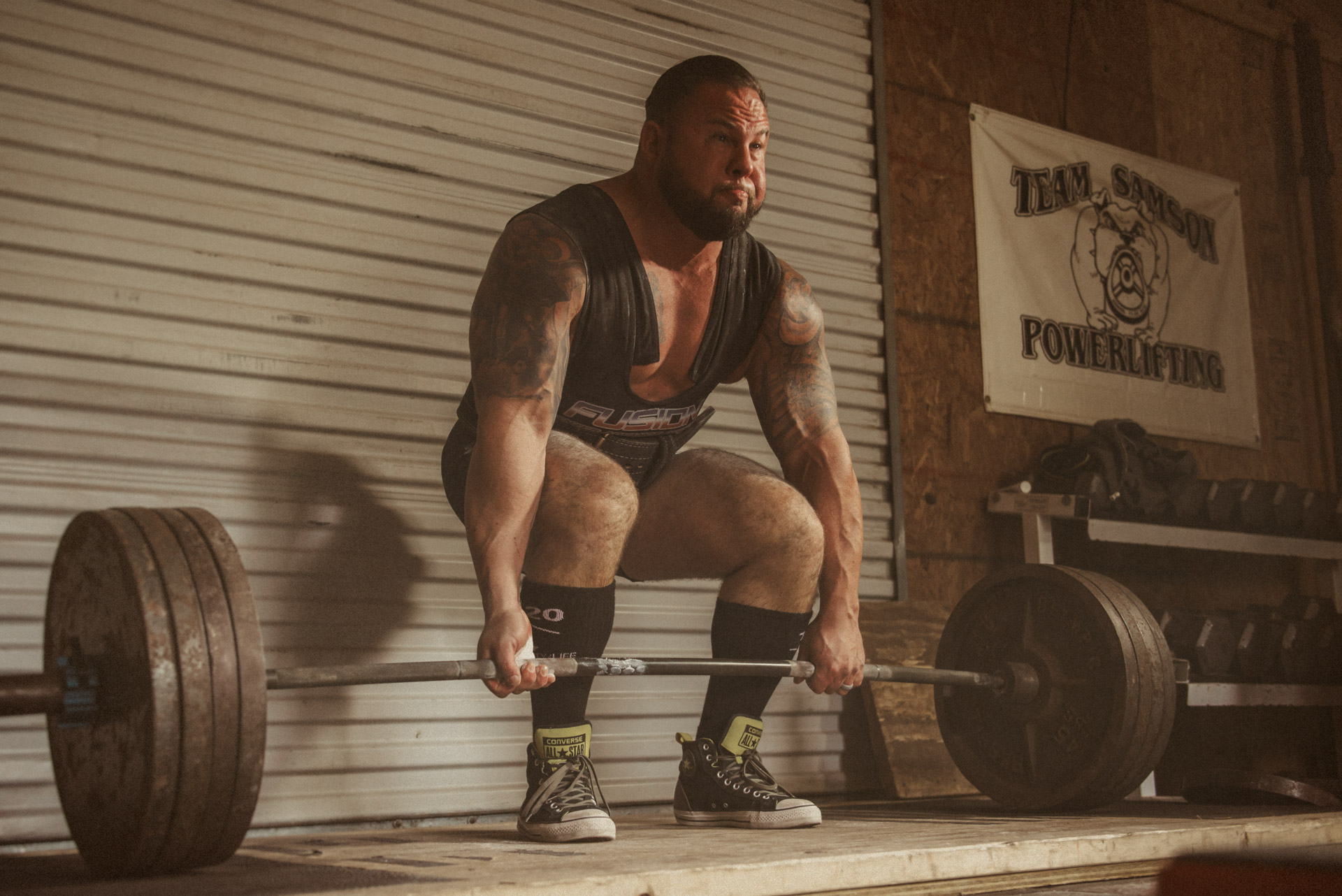
09 Nov Conventional v. Sumo: The Great Deadlift Debate
By Dain Soppelsa
When it comes to deadlifting, everyone has their own opinion on which style is most effective. I’ve been told that conventional is better than sumo by many people. I’ve also been told that sumo is better than conventional by many other people. Each group feels strongly that they are right and that the other group is wrong. You’ll probably hear insults being hurled from people on both sides of the argument. When deciding which style of deadlifting would be best for you, there are definitely pros and cons to each style. It’s definitely worth taking a close look before making a decision.
Conventional
There are several things to keep in mind when you are considering using a conventional stance. If you feel that one of your weaknesses is getting the weight off the ground, a conventional stance may appeal to you. It is generally easier to start, but it will also be harder to lock out. So if you are someone whose lockout is a weakness, than this style may not work well for you. When using a conventional stance, your back will be utilized more than your legs. Because your feet closer together, a conventional deadlift is going to have a longer range of motion than a sumo deadlift. So, if you are simply looking for the lift with the shortest range of motion, conventional is not it.
Sumo
When you are considering using a sumo stance you should keep in mind that the lift will generally be harder to start, but easier to lockout. So if you are weak off the floor, this may not appeal to you. If you are weak at lockout, it may be a good fit for you. Because your feet wider apart, the range of motion will be shorter than if you pull conventional. If you are simply looking for the stance with the shortest range of motion, this is the one for you. Your legs will be utilized more than your back when performing a sumo deadlift.
You should make sure to consider your strengths and weaknesses when making a decision about your deadlift stance. You definitely need to be honest with yourself. If you have very strong legs and hips, then you may want to pull sumo to take advantage of this. If you have a very strong back, then you may want to consider using a conventional deadlift stance to take advantage of that. You should also consider your build. If you have short legs and a long torso then sumo may work better for you. If you have long legs and a short torso, then a conventional stance may work best for you. You should consider any existing injuries you have and whether these injuries could be made worse by pulling one way, or the other. Remember that conventional deadlifts can be hard on your lower back, while sumo deadlifts can be hard on your hips.
Regardless of what stance you use in competition, you can definitely benefit from pulling with your opposite stance occasionally. When you only pull one way, there are muscles that will be neglected. When you use your opposite stance, you will work those neglected muscles. When the time comes for you to switch back to your usual stance, you will definitely notice a difference. You will definitely get stronger in the long run. You may find that you end up liking the opposite stance better and switching over. You don’t have to stick with one or the other for life. Things change. Just remember to keep your options open.
Don’t let your only reasons for choosing to pull sumo, or conventional be that all your friends and training partners do it a certain way. Everyone is different as far as how they’re built, injuries they’ve had and their personal strengths and weaknesses. You should definitely talk to people that pull both sumo and conventional and find out their reasoning for using their particular stance. Take all this into account when making a decision and don’t be afraid of doing it your way. You should make the final decision yourself. Nobody knows your body better than you do.
Want more info on why you should pull in your opposite stance during offseason? Pick up a copy of the 2nd Edition 10/20/Life.
Dain Soppelsa
Latest posts by Dain Soppelsa (see all)
- Dain Soppelsa Log Offseason Week of 2/25/18-3/3/18 - March 5, 2018
- Dain Soppelsa Training Log Offseason Week Of 2/18/18-2/24/18 - February 25, 2018
- Dain Soppelsa Offseason Week of 2/11/18-2/17/18 - February 18, 2018








Sorry, the comment form is closed at this time.